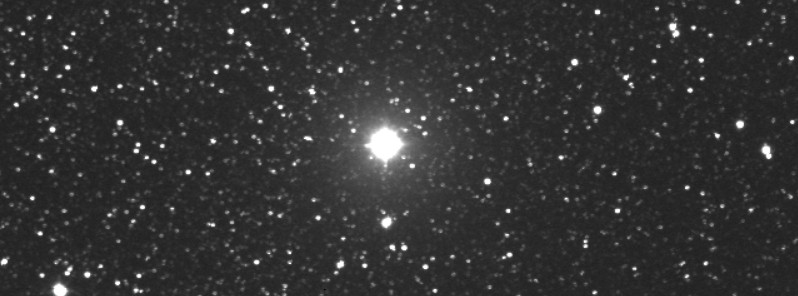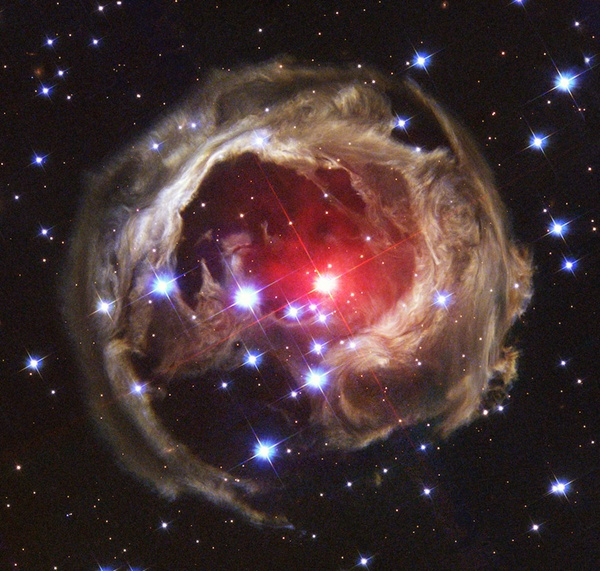Mr_Headshot
New Member
- Joined
- Mar 7, 2019
- Messages
- 10 (0.00/day)
- Location
- Rhode Island USA
| System Name | Home Built |
|---|---|
| Processor | Intel core i7 7700K @4.6ghz |
| Motherboard | Asus Z270G Gaming |
| Cooling | Corsair H100i |
| Memory | 2x8 G.Skill TridentZ DDR 4 3600 XMP |
| Video Card(s) | Asus Strix GTX 1080 Ti OC edition @ 1708mhz, 11100 memory |
| Storage | Samsung 960 EVO 500gb |
| Display(s) | BenQ XL2420T 24" |
| Case | Corsair |
| Audio Device(s) | Generic Desktop Speakers, Yeti Stereo Microphone |
| Power Supply | Corsair HX 1000 |
| Mouse | WOW MMO gaming mouse legendary edition |
| Keyboard | generic |
| Software | Windows 10 Pro |
| Benchmark Scores | Firestrike 21,999 https://www.3dmark.com/fs/18381218 TimeSpy 9434 https://www.3dmark.com/spy/6 |
Using the Subaru Telescope, a team of Japanese astronomers has discovered the most distant protocluster of galaxies ever found - one that existed less than one billion years after the Big Bang. The astronomers were able to directly observe this cluster of galaxies at an early stage in galaxy evolution, when structures were beginning to form in the early Universe. This discovery will be an important step on the way to understanding structure formation and galaxy evolution.

Objects circled in red are galaxies 12.7 billion light-years away.
Awesome news. Such structures are very faint and rare. This structure is less than 1 billion years younger than Big Bang.
http://phys.org/news/2012-05-subaru-telescope-distant-protocluster-galaxies.html
Here we are 7 years after the first post and now we've discovered a galaxy 13.2 BYO, another 500 million years back in space-time.
https://www.space.com/30170-most-distant-galaxy-discovered.html









 very cool news
very cool news